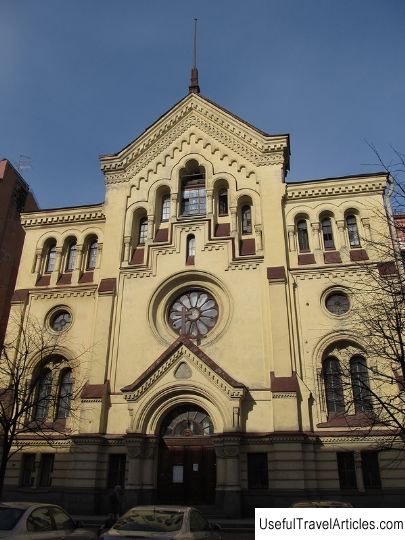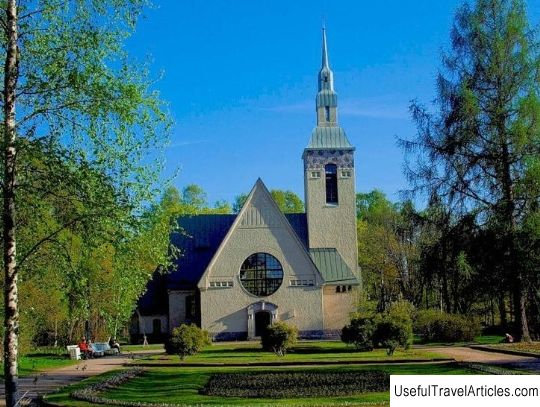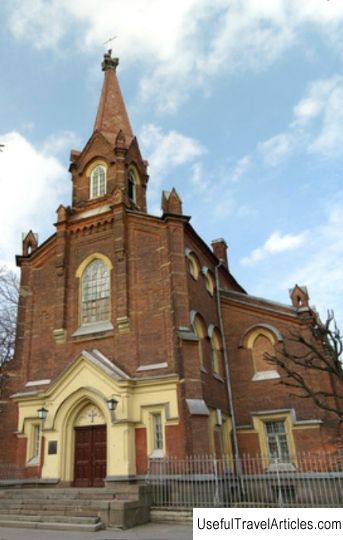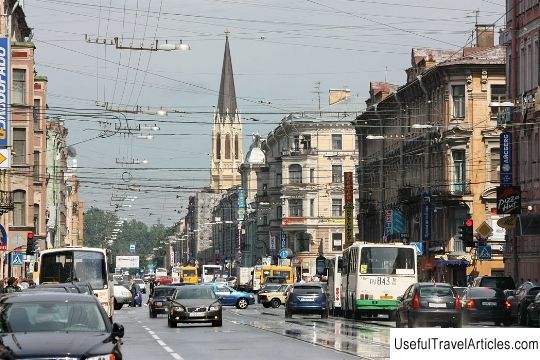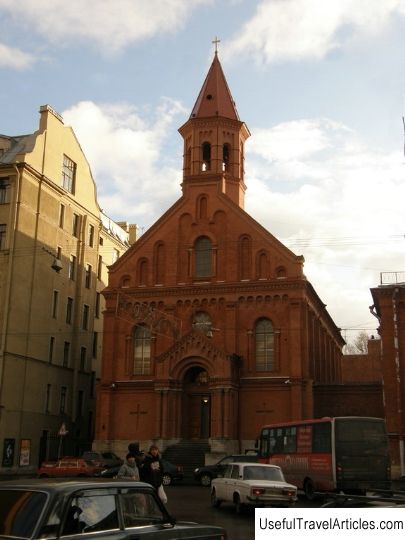Finnish Church of St. Mary description and photo - Russia - St. Petersburg: St. Petersburg
Rating: 8,2/10 (1293 votes) 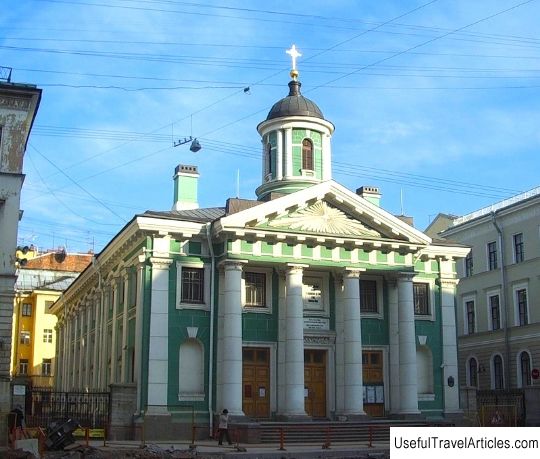
Finnish Church of St. Mary description and photo - Russia - St. Petersburg: St. Petersburg. Detailed information about the attraction. Description, photos and a map showing the nearest significant objects. Photo and descriptionThe Evangelical Lutheran Church of St. Mary is located in St. Petersburg, on Bolshaya Konyushennaya Street at number 8-a. Currently, this active parish is both the cathedral of the Evangelical Lutheran Church of Ingria (ELCI) and the main Finnish parish of St. Petersburg. The community was founded in the middle of the 17th century in Nyenskans. Then she was under the jurisdiction of the Swedish Church. After the end of the Northern War and the transfer of Ingermanland to the Russian Empire, the inhabitants of those lands moved to St. Petersburg. At the new place, meetings and services were held in a private home. They were led by pastor Yakov Maydelin. During the reign of Anna Ioannovna, in 1734, the community was presented with a plot of land not far from the place where Nevsky Prospekt is now located. The church of St. Mary was founded there. After the Finnish and Swedish communities were divided in 1745, the same place was left for the Finnish. Initially, a wooden temple was built here, which, when it decayed, was replaced by a stone one. The church had two orphanages, a cash register for the poor, an almshouse, and a school. The parish included a prayer house in the town of Lakhta and a chapel on the Finnish site at the Mitrofanievsky cemetery. St. Mary's Church has always been the center of the Finnish community in St. Petersburg. The Petersburg Finns were divided into two groups - the Chukhon-Ingrians, the indigenous inhabitants of the Neva lands, and the Finns who came from the Finnish principality. According to the census, in 1881 there were about 20 thousand Finns in St. Petersburg. Women mainly worked as laundresses, servants, nannies, cooks, and men - cabbies, shoemakers, chimney sweeps, tailors. The elite included Finnish Swedes, among them were jewelers and artisans, who, having received the necessary knowledge and saved up money, returned to their homeland. The pastors of the church also came from these circles. After the revolution and the civil war, the Bolsheviks had great confidence in the Ingrian people, since they helped to bring weapons and revolutionary literature to Petersburg. The overwhelming majority of Finns were expelled. The building of the church in its present form was erected by the architect G. Paulsen in 1803, and consecrated in December 1805. The reconstruction of 1871 was carried out under the leadership of the famous architect K. Anderson, and in 1890 - L. Benois. The facade of the temple, facing the street. Bolshaya Konyushennaya, decorated with a portico with a triangular pediment. There is a spherical dome above the church. On the portico of the facade there are niches in which the sculptures of the apostles Peter and Paul were once installed. They were later replaced by parapet vases. In the 30s of the 20th century, the church was closed, and the building was given as a hostel. Since the 70s there has been a "House of Nature". The revival of the community of the Finnish community of the city was laid in 1988 with the opening of the Inkerin litto society (Ingermanland Union). In the post-perestroika period, in 1990, the church was transferred to YELTSI. The re-consecration took place in 2002. The President of Finland T. Halonen and the 1st Governor of St. Petersburg V. Yakovlev attended the ceremony. In 2010, a 27 registered neo-baroque wind organ with mechanical playing and register tractura was installed in the church. In December of the same year, the organ was consecrated and inaugurated. This event was attended by Marina Vayia, chief organist of St. Mary, professors of the Sibelius Academy (Finland) K. Hamalainen, O. Portan, K. Jussila. The next day, a concert dedicated to the Independence Day of Finland took place. Currently, the pastor of the parish is Mikhail Ivanov. Now in the parish of St. Mary, various kinds of solemn meetings, folklore festivals and concerts are held.      We also recommend reading Old Town Hall (Stara radnice) description and photos - Czech Republic: Brno Topic: Finnish Church of St. Mary description and photo - Russia - St. Petersburg: St. Petersburg. |
